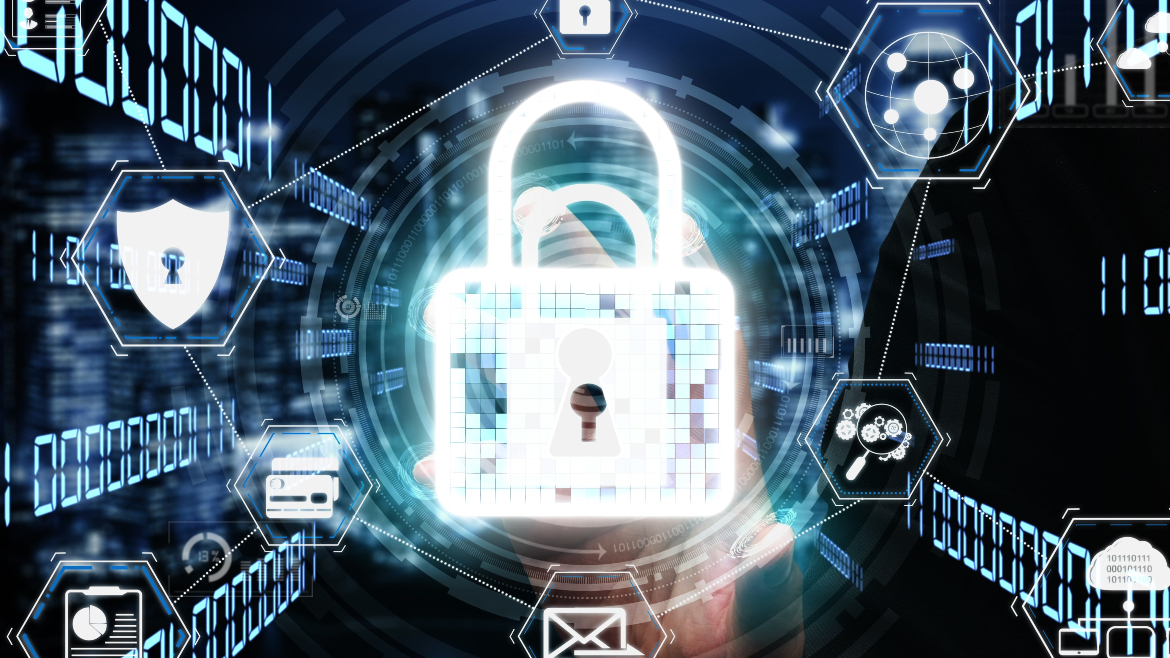Heading into 2022, business leaders and security professionals have many challenges to deal with.
According to The Impact of Technology in 2022 and Beyond: an IEEE Global Study, a new survey of global technology leaders, the top cybersecurity concerns for leaders are centered on employees using their own devices (39%) and cloud vulnerabilities (35%), as well as data center vulnerabilities (26%), a coordinated attack networks (26%), and ransomware attacks (25%).
For many, the year ahead will feel like the movie “Groundhog Day,” as most businesses and organizations continue to work to find a proportional response to ransomware.
Similarly, the top cybersecurity threat facing telecommunications providers, hotels and airlines will remain foreign intelligence services for the foreseeable future.
Finally, cryptocurrencies and their exchanges will remain vulnerable to coding errors.
As these are not new threats, it is worth considering why these threats remain persistent despite published and peer-reviewed mitigation guides being commonly available.
Ransomware Threats Persist
The goal of threat actors deploying ransomware is to produce consistent financial returns on their investments. As with the maturation of any industry, this has become considerably more specialized over time.
The days of a threat actor having to develop and test their own ransomware, gain initial access into targeted environments, distribute their ransomware, handle payments, or handle customer service are long past. Instead, the modern ransomware threat group resembles a modern small business and has generally outsourced those functions that are not competitive differentiators to specialists that provide those services at a better rate.
Although the solution to ransomware would appear to be to raise the threat actor’s costs or to reduce their profits, this has proven difficult to implement at scale. Public policy approaches that have resulted in pledges from threat actors to not target critical industries have simply provided new entrants into the market with unparalleled opportunities for those who lack a moral compass. The most probable outcome is that cyber insurance providers will increasingly create carve-outs to deny coverage for ransomware attacks, resulting in most companies finding it cost-prohibitive to self-insure against ransomware attacks when compared with implementing the process and technology changes that serve as defensive countermeasures.
The Most Vulnerable Sectors
Telecommunications providers, hotels, and airports will see continued engagement from Advanced Persistent Threat (APT) groups backed by nation-states in the year ahead. This is simple economics, as it is more cost effective and less dangerous to exfiltrate hotel guest lists, airline passenger lists and cell phone records in bulk when compared with the costs and risks of traditional, targeted espionage methods. An unfortunate reality is that the proliferation of offensive security tools has served to lower the cost of entry to bulk intelligence collection.
Unlike the well-documented mitigation strategies for ransomware, companies in these industries will need to invest in implementing recommendations from one or more prominent cybersecurity frameworks, such as NIST 800-171, or all three implementation groups of the Center for Internet Security’s Critical Security Controls v8. While this is achievable, it comes at a cost, and either incentives or regulations will need to be adopted to encourage adoption of reasonable cybersecurity controls. The side-effect of bulk intelligence data collection is that it affects civilians, not just members of the security services, and continuing to provide free credit monitoring services to large segments of the public is not a long-term strategy.
Crypto Exchanges Must Deploy Further Security Controls
Exploitation of technical code vulnerabilities will likely increase against cryptocurrencies and cryptocurrency exchanges in 2022. While these attacks require a higher degree of technical sophistication, the potential payouts to criminals and embargoed nation-states will prove to be an attractive target. Several high-profile technical attacks in 2021 enabled threat actors to steal large amounts of cryptocurrency from exchanges; in one case, the threat actor returned the funds in exchange for a fee.
Companies operating cryptocurrency exchanges should lean into automated and manual code inspection to verify that there are no code supply-chain compromises and that there are no potential errors that would enable transactions to be repeated quickly over a short period of time or conducted without the consent of all parties involved in the transaction.
Adopting zero trust strategies are a potential solution to mitigate the challenges of ransomware, bulk intelligence data collection, and technical threats to cryptocurrency. As zero trust is predicated on a continuous authentication of user and device identities based on prior known-good behaviors, unusual events from previously unknown devices will be far less frequent and the telemetry far more obvious for investigation by blue teams.
However, the journey to a zero-trust strategy is not as simple as buying a box labelled “zero trust.” Rather, this requires evolutionary changes to organization’s long-standing security strategies and an associated implementation of technologies that will support zero trust. When coupled with threat modelling, organizations can selectively deploy zero trust architectures to secure their highest-value assets (people, systems, or data).
The alternative is to accept doing the same thing over and expecting a different outcome.




